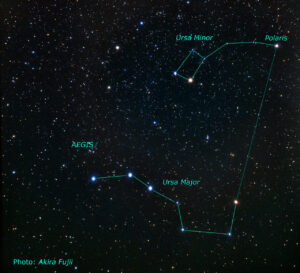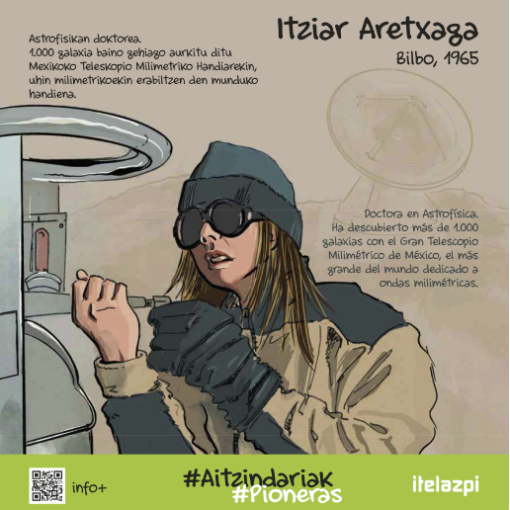Also available in: Español (Spanish) Euskara (Basque)
Translation of the tweet of 10/26/2022, originally in Spanish, also unrolled here (with more figures).
What causes the great formation of stars in dusty galaxies at great distances? In this new article we show how dusty and non-dusty galaxies differ. Free technical article here and the explanation for all audiences below.
The dusty galaxies detected with the 15m diameter telescope JCMT (now at EAO) in the “Extended Groth Strip” (EGS) field have a high-definition optical and infrared image from the Hubble Space Telescope, which allows us to study them in detail, despite being far away.

Image credit: NASA/ESA, The Hubble Heritage Team and A. Riess (STScI).
We use measurements made by others of these Hubble Space Telescope images for both dusty and non-dusty galaxies. These measurements give us the rate of star formation, total mass in stars, distance, size, and dust extinction of galaxies.
We find that on average dusty galaxies sustain a higher rate of star formation than non-dusty galaxies of similar mass. We can classify 40% of dusty galaxies as virulent in star formation (or starbursts).
Distant dusty galaxies that are less dust-extinguished in optical images from the Hubble Space Telescope (emitted light at optical/UV), are brightest at 850 microns. We interpret this as a non-uniform distribution of dust, so no view is complete.
Dusty galaxies have on average more disturbed shapes and are larger than galaxies of the same mass but not bright at 850 microns. Interactions with nearby galaxies could be the cause of their virulence in star formation, at 15% of current life of the Universe.

The article is headed by doctoral student Luisa Cardona Torres (@soliloquiodluna) from INAOE , and the study is part of her thesis. It is signed by myself and Alfredo Montaña (his supervisors), and by 2 researchers from Japan and the USA, Inc. Jorge Zavala (@JorgZavala)
Yu can find more Twitter threads of min e (in Spanish) at twitter.com/i/moment_makeror you can search for posts on Outreach and Research to find them at this site.



